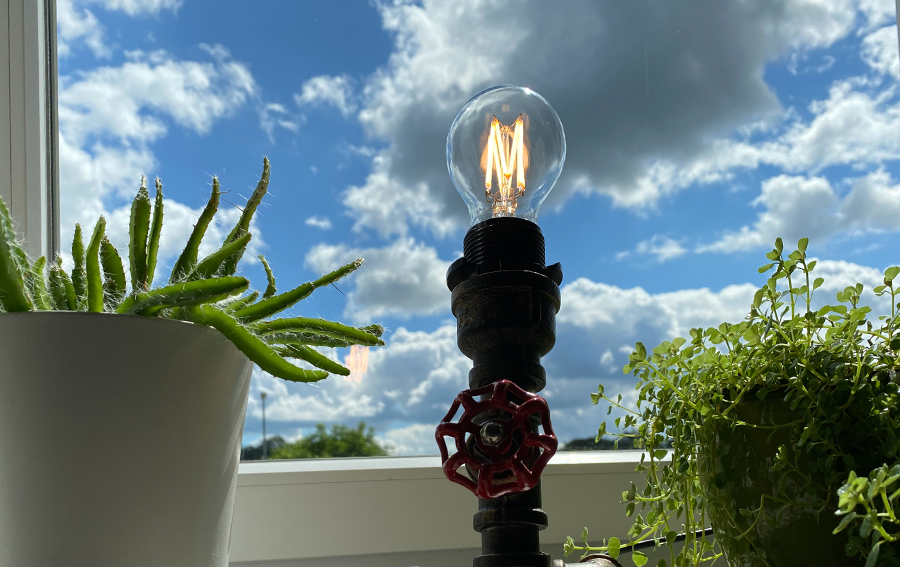
QUALITY OF LED LAMPS
QUALITY FEATURES QUICKLY RECOGNISED
Bargain hunters beware – because especially in the lighting market, buying cheap may mean paying twice the price. And here, this not only affects the wallet, but sometimes even health and personal well-being! Because not everything that shines pretty and bright on the LED market is good and harmless. It has been proven many times how important the quality of light is for our daily well-being, our mood and our health.
RECOGNISING THE QUALITY OF LED LAMPS
What is part of the everyday know-how of lighting designers and electricians is often difficult for consumers to see and understand. The market is flooded with LED lamps, the range is almost unlimited in its variety. But how can I, as a non-professional, recognise the quality features of a LED lamp? A few tips and basic terms can help to pick out the important features.
1. THE LIFE SPAN
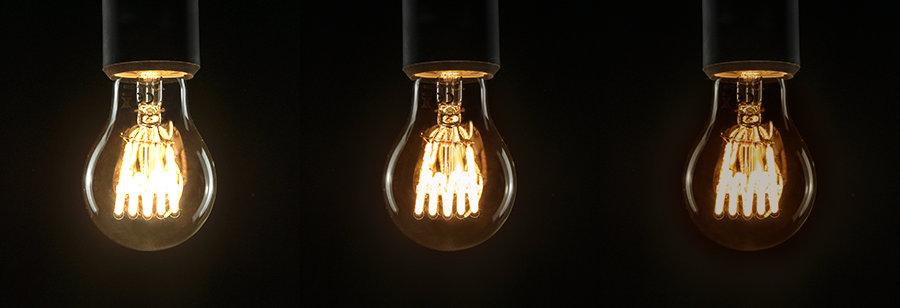
The service life of an LED is usually specified by the manufacturer in hours. High-quality LED lamps can be recognised by a service life of 20,000 hours or more. However, a distinction must be made between filament LEDs and the classic diodes with SMD technology, which usually have a longer service life. The number of switch-on cycles also plays a not insignificant role. An LED lamp at home is of course switched on and off more often than in a commercially used room, e.g. sales rooms, surgeries, corridors, halls, etc… Each switch-on process influences the service life, even if not to the same extent as with conventional incandescent lamps or halogen lamps with filament. So serious manufacturers also indicate the number of switch-on cycles, possibly even the luminous flux reduction, i.e. the reduction in luminous power after the service life has expired. This is because specifying the service life does not mean that the LED will simply go out, but rather when it will still emit the minimum amount of light that is required by law. The loss of luminous efficacy is very small at first. But if an LED seems noticeably dimmer after the specified hours have elapsed, then it really is time for a change. As a rule, this deterioration becomes even more pronounced in the course of the burning time.
2. QUALITY FEATURE COLOUR RENDERING
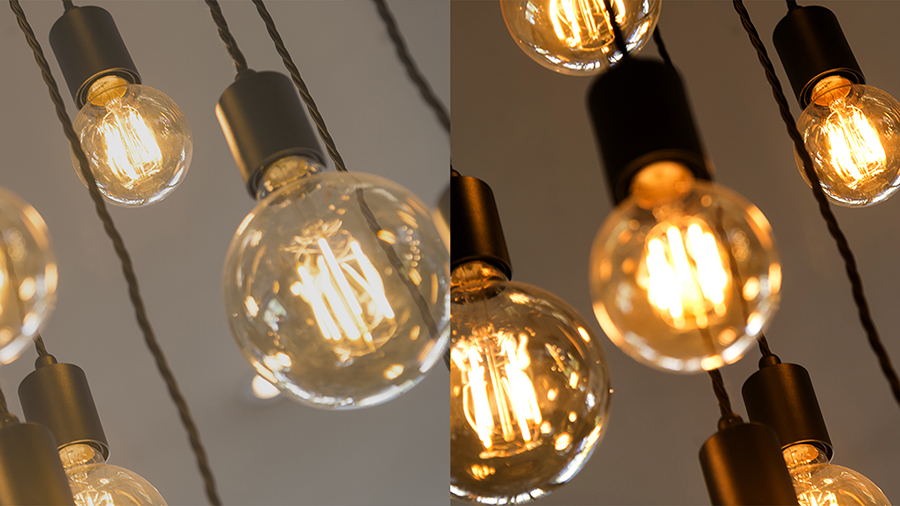
The colour rendering index, CRI for short, indicates how well colours are reproduced in the light of the respective LED lamp. The ideal value is 100 and represents sunlight. The closer the value is to 100, the better the quality. This value also decreases somewhat over time.
In some places, the CRI is certainly a value that can be neglected, but in others it is all the more important. After all, we want to go home from the hairdresser with the right hair colour, don’t we? 😉
3. THE FLICKER INDEX
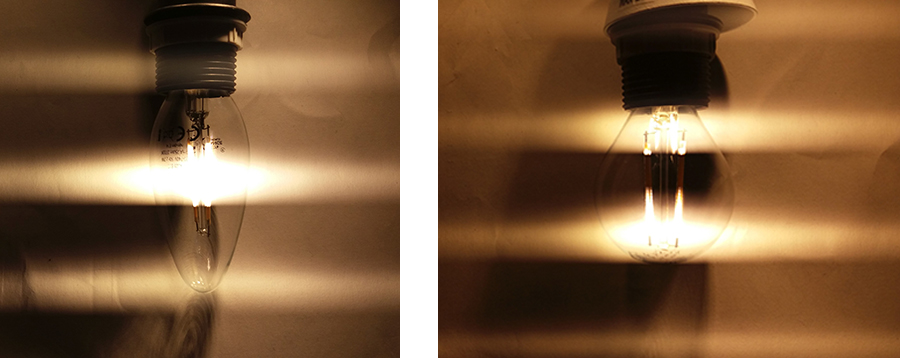
The flicker-freeness or flicker index – a value that has only recently received real attention and is now becoming increasingly important. Many cheap LED lamps (mainly dimmable ones!) flicker, often invisible to the naked eye, but still noticeable. There is a very simple method to find out if the purchased lamp is flickering – the camera method, how it works is explained here! The so-called SVM value, which evaluates flicker, is now also included in the EU regulations for LED lamps. For high-quality LEDs, this value should be below 0.4. Another value on the subject of flicker is the Pst, which indicates the flicker intensity over 10 minutes. This should be below 1.
4. THE THERMAL-MANAGEMENT
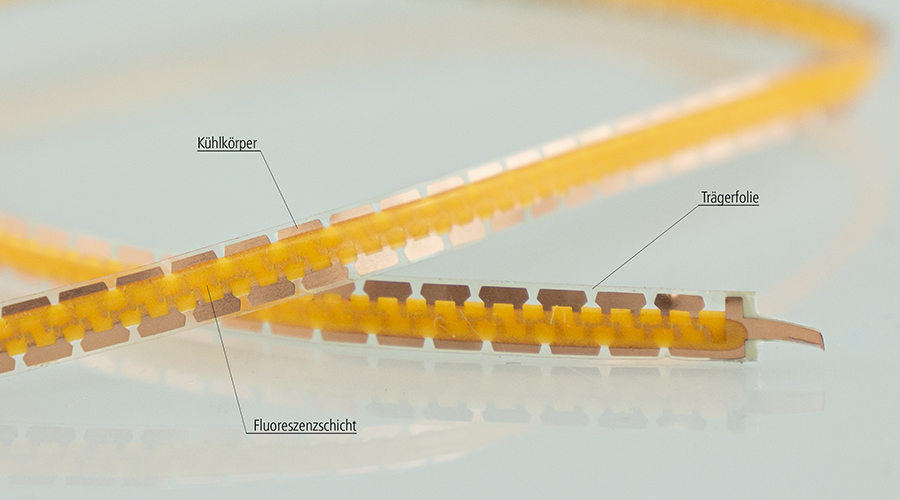
LEDs like it cold! The durability of an LED depends to a large extent on its operating and ambient temperature. Inferior LED lamps do not have good thermal management, or the manufacturers do not attach much importance to it, because this means additional materials and additional costs. However, if a so-called heat accumulation occurs in the LED because insufficient heat sinks or heat conducting plates have been installed, premature failure is practically pre-programmed. The operating temperature must be indicated for LED lamps, simply pay attention to it, it indicates the temperature range within which the LED can be operated and achieve its full service life. The greater this interval, the higher the quality of the LED.
5. QUALITY FEATURE COLOUR TEMPERATURE / LIGHT COLOUR
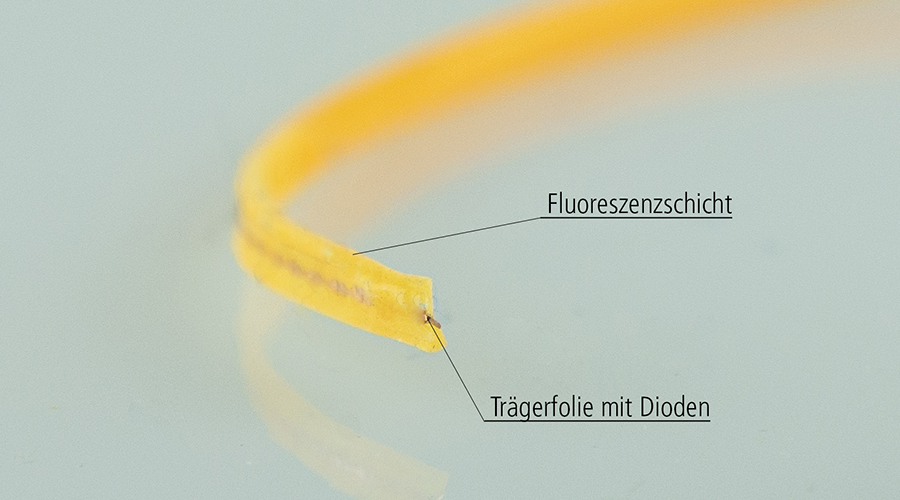
The colour temperature should be chosen appropriately for each location. Here you can find out in detail what these are.
The basic rule is:
<3000 Kelvin: warm-white, cosy, relaxing, calming
3300 – 5000 Kelvin: neutral white, bright, friendly, inviting
>5300 Kelvin: daylight-white, stimulating, cool, similar to daylight
Due to the technique of using a fluorescent layer to produce the light colours in filament lamps, there can be large differences in colour temperature in cheap lamps. Low-quality materials, different density and thickness of the conversion layer within the filament, or a layer that is too thin usually lead to poor colour consistency!
6. THE ELECTRONICS
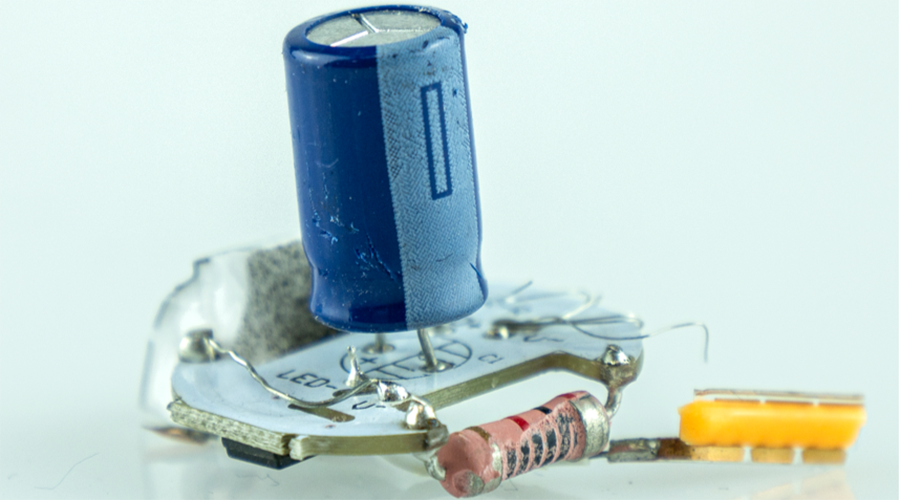
Last but not least: An LED ALWAYS needs ballast electronics to convert the alternating current from the cable into direct current.
These electronics are the most expensive component in the LED lamp, so there is a lot of cheating that can be done here and a lot of money can be saved by using low-quality materials. Incorrectly selected parts and poor workmanship are the main reasons for the failure of the electronics and thus the LED lamp.
Unfortunately, the consumers usually have very little influence or insight into what is used in this area, because the electronics are not visibly installed in the base of most commercially available LED lamps.
WHAT IS ALWAYS TRUE
High-quality LED lamps may cost a lot at first glance, but they pay for themselves very quickly. Efficient, energy-saving and with a long service life, they are simply the best the lighting market has to offer at the moment. An investment in the future, both in the commercial and private sector! Not to forget the environmental aspect: good LED lamps do not contain any toxic substances such as mercury, they are recyclable and their long service life results in a very good ecological balance. If, as with SEGULA, attention is paid to resource-friendly and clean production, you are not only doing something good for your wallet, but also for your health AND the environment!
